Say the name Roland Gumpert and many will think back to the Apollo, a hardcore road-legal racer that, back in 2009, claimed the new production lap record at the Nürburgring. But much has changed since then.
Roland himself is an industry veteran who went from running Audi’s rally programme in the 1980s to becoming the overall director of Audi Sport. in the mid-2000s, he left to found his own brand. Several years of success gradually turned to hard times, leading to the company going under in 2014 and then, under new ownership, part ways with Gumpert himself altogether in 2016.
Not long after that, Gumpert got together with another former Volkswagen Group employee, Fu Qiang, with whom he’d worked closely during his time on Audi’s Chinese joint venture board in the 1990s. Fu, now president of newly formed Chinese mobility and technology start-up Aiways, asked Gumpert to join the company as chief product officer. His first job was to produce an electric ‘super-sports’ car, to be produced for road use in small numbers but also able to meet FIA racing regulations.

A year and a half later, we’re at the Nürburgring looking at a working prototype of that very car. As development times go in this business, that’s pretty short. And it’s particularly impressive given the technology underneath.
The RG Nathalie, named after Gumpert’s daughter, joins the ever-swelling ranks of electric supercars from Chinese start-ups. Aiways perhaps stretches the definition of a start-up, with more than £1.3bn of starting capital, but, as is usually the case, its ambitions are strong. It’s already built a factory in China with the capacity to produce 150,000 cars a year, and development of the RG Nathalie was done alongside its first mass-market offering: the U5 Ion electric SUV.

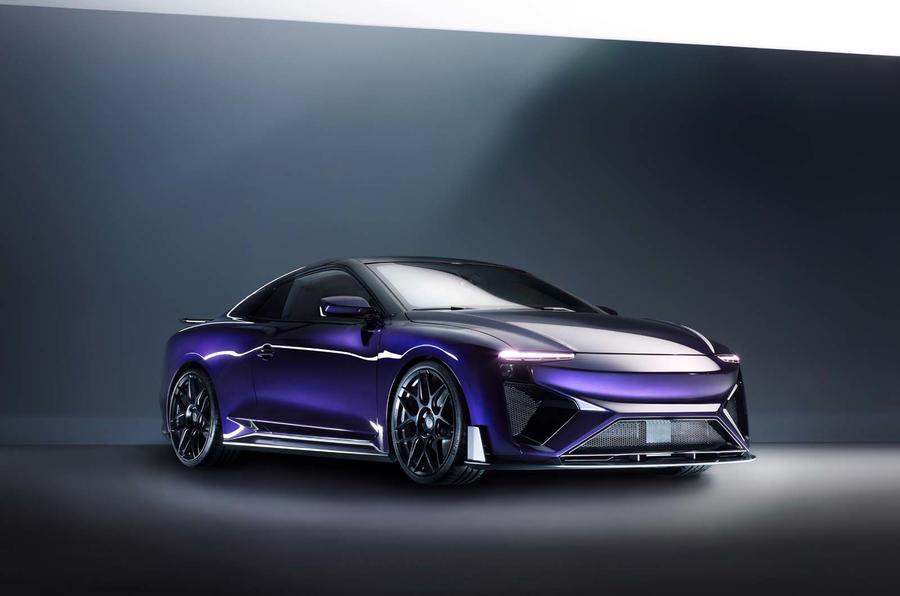
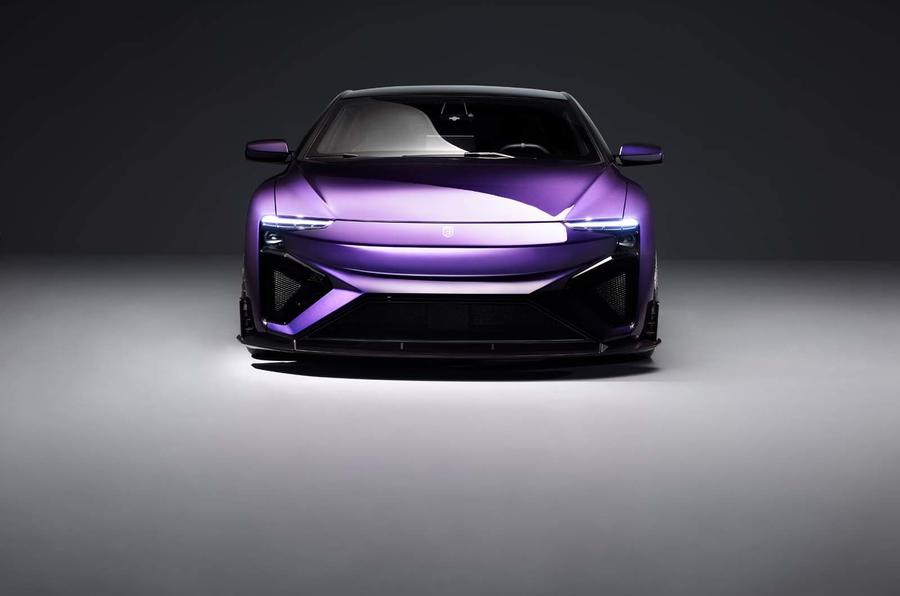

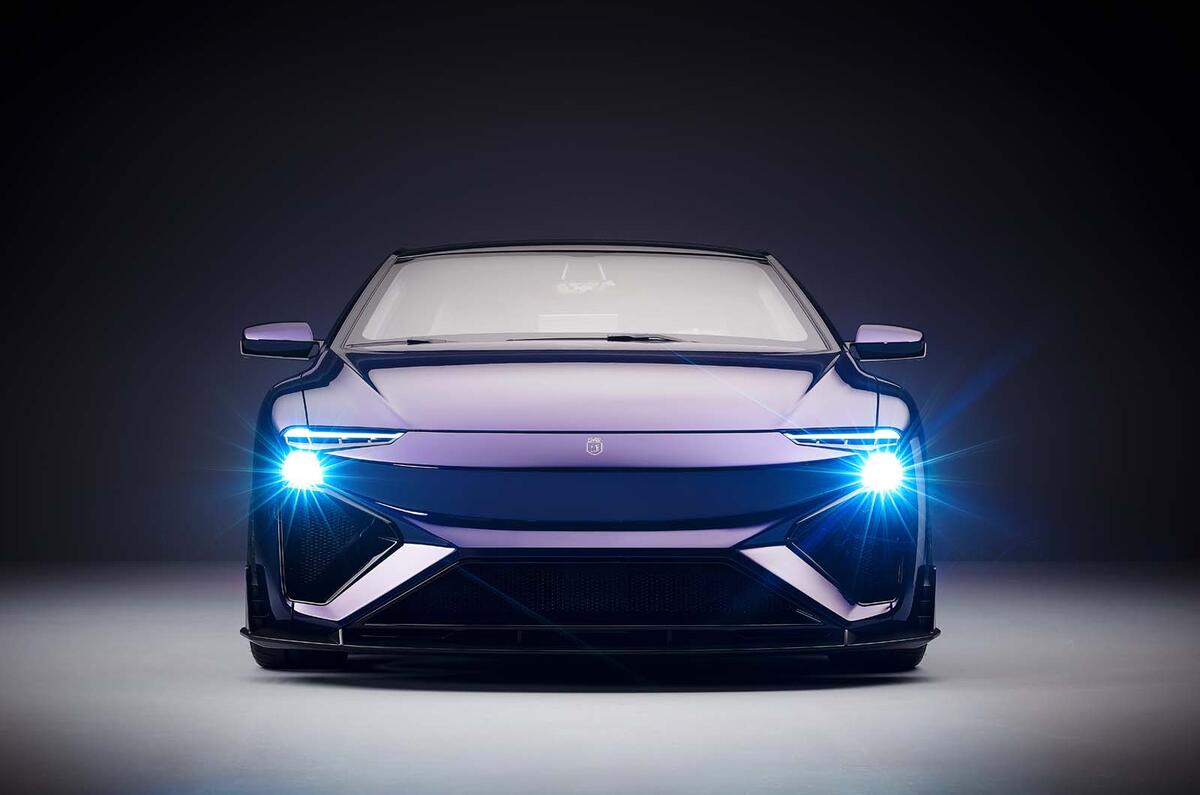













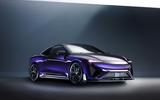

















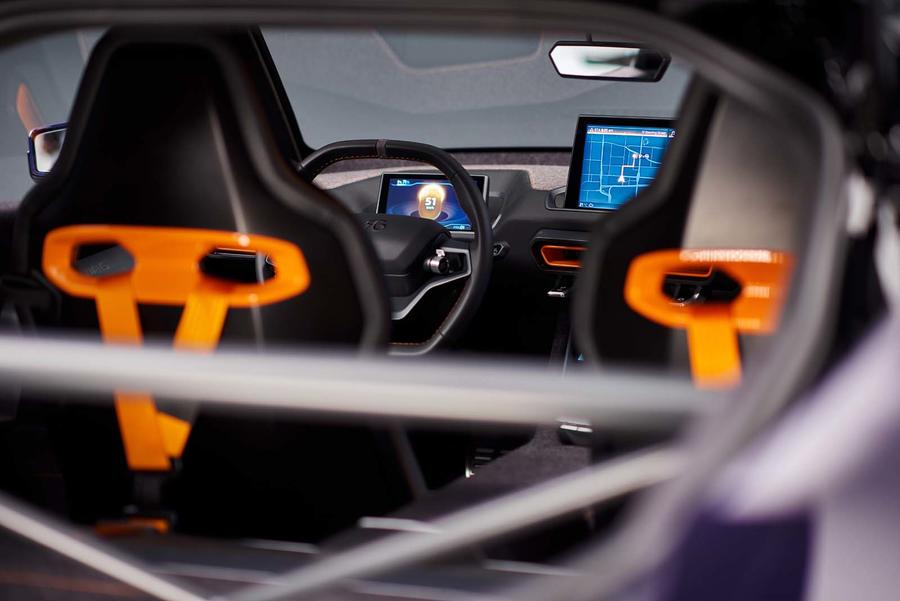




Join the debate
Add your comment
No need for a gearbox, you
The question is, do you really want to lug around a fuel cell, fuel tank and assorted paraphernalia just to void stoping for 15 minutes every 200-300 miles?
Lastly, compare the specs of this to the new Tesla Roadster, fuel cells have no place in passenger cars.
Um. No, typos1, I don’t think that’s right
It wouldn’t use less electricity at a lower motor speed. Gearboxes are only used to that effect on combustion cars because a more fuel efficient zone in the output matrix is found at lower engine speeds.
With an electric motor, it’s a straight forward equation: more current = more power and torque. That’s why they generate the same torque at zero rpm as they do at many thousands and why electric cars’ initial acceleration is so much faster than combustion cars.
And there’s only one place that current can come from: the battery. So battery consumption does not depend on motor speed.
In nearly all electric cars, there’s no gearbox. It wouldn’t help acceleration, which is limited (via traction control and current modulation) by the need to prevent tyre spinning.
The only case for a gearbox arises if you want to reduce the motor speed, to enhance longevity, and since million mile production Tesla motors on examination show negligible wear and are not fitted with gearboxes, there’s no need for the additional complexity and weight. Now this might arise in a car capable of extremely high speed - say 200mph.
Robbo
Interestng about the 2 speed
Interestng about the 2 speed gearbox, Tesla tried this with its roadster, but couldnt get ito work so locked one gear out, but it seems to me a good way of increasing range on EVs - once up to a cruise, engage top to use less electricity, just as you would in an ICE.